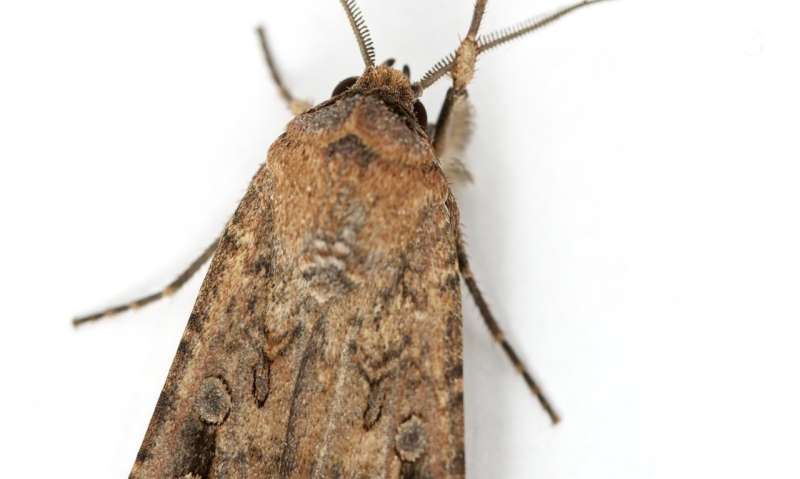Your cart is currently empty!
the bogong

Dedicated to Raising Awareness of the Endangered Bogong Moth
Bogong moth facts
- Common name: Bogong Moth
- Aboriginal name: The name Bogong is apparently derived from the language of the Dhudhuroa Nation of North Eastern Victoria
- Scientific name: Agrotis infusa
- Population: Declining – recently fallen by 99.5%
- Conservation status: Endangered
Is the Bogong moth endangered?
Yes. The Bogong moth has just been added as endangered to an international red list of threatened species. Their populations have been declining since the 1980s, but in 2017 and 2019 there was a crash in numbers because of drought in regions where moth larvae grow: leaving them without the nutrients from plants.

How many Bogong moths are left?
Normally Bogong moths migrate in the billions. But in the last two years there has been a crash in numbers. In some caves, where Bogong moths once lined the walls in their thousands, there are now none, despite a carpet of moth bodies 1.5 metres thick on the floor built up from thousands of generations.
How far do Bogong moths fly?
Each spring, Bogong moths emerge from beneath the soil in Darling river plains of Queensland, New South Wales and Western Victoria and navigate their way to the Alpine region. This journey can be more than 1,000 kilometres.
After spending the summer in the cooler mountain caves, they return to their birthplace to reproduce over winter: new larvae again growing under the soil from plant roots and other plant matter.

Can you eat Bogong Moths?
Bogong moths were once so plentiful they gathered First Nations people from all over the region to feast. They also provide critical food for the critically endangered Mountain pygmy possum, lizards, antechinus (broad-toothed rat) and spiders across the Snowy Mountain region.
The Bogong moth is missing in the wild.
We can’t imagine an Australia without the Bogong moth. But Bogong moths are missing in the wild. Because our leaders are missing in action. That’s why we demand strong environment laws that will save our iconic wildlife. We need laws that actually protect nature, including strong outcome-focused environmental standards and an independent regulator to oversee decision-making.
Speak up for the Bogong moth.
information thanks to ACF https://www.acf.org.au/bogong-moth
